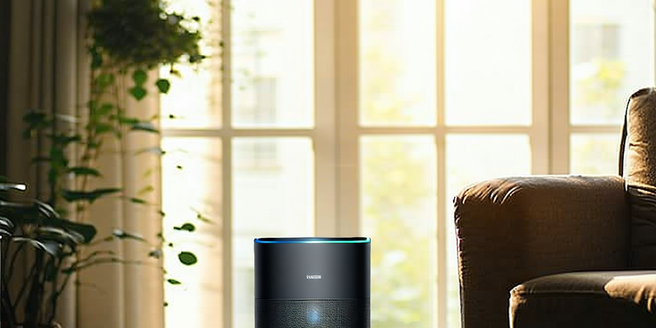
The Impact of Wildfire Smoke on Indoor Air Quality
Wildfire smoke is a complex mixture of gases and fine particles from burning trees and plants. It can significantly degrade indoor air quality, leading to health issues such as respiratory problems, eye irritation, and even cardiovascular complications. Many individuals are unaware of the long-term health risks associated with prolonged exposure to such pollutants. Smoke infiltrates homes through doors, windows, and ventilation systems, making it crucial to enhance indoor air protection. Particulate matter, especially PM2.5, is the most concerning component as it can penetrate deep into the lungs. Understanding the composition of wildfire smoke helps homeowners take appropriate steps to mitigate its effects. Using air purifiers or upgrading HVAC filters can effectively reduce indoor pollutants, preserving health during wildfire season.
Types of Air Purifiers: Which One Is Right for You?
There are various air purifiers designed to tackle different air quality challenges. HEPA filters are highly effective at trapping small particles, while activated carbon filters excel at absorbing odors and gases. For combating wildfire smoke, a combination of HEPA and activated carbon filters is often recommended. Regular maintenance of your air purifier is crucial to ensure it continues to function efficiently. Ionizers and UV purifiers offer additional modes of purification but might not be sufficient alone. Choosing the right purifier depends on the specific pollutants you need to address and the area size it will cover. Always check the Clean Air Delivery Rate (CADR) to ensure it meets your needs for optimal performance during wildfire season.
Key Features to Look for in an Air Purifier
When selecting an air purifier, several features are essential for effective operation. Look for units with high-efficiency particulate air (HEPA) filters, known for capturing up to 99.97% of particles as small as 0.3 microns. It’s important to consider the overall design and aesthetics of the purifier to ensure it complements your living space. Activated carbon filters are also crucial for neutralizing odors and volatile organic compounds (VOCs). Ensure the purifier has an adequate Clean Air Delivery Rate (CADR) for the room size and includes filter change indicators to maintain performance. Quiet operation, energy efficiency, and portability are additional factors that enhance user convenience. These features ensure comprehensive air cleaning, especially during wildfire season.
Proper Placement and Maintenance for Best Results
Proper placement of an air purifier maximizes its efficiency. Ideally, it should be in a central location within the room and away from walls or obstructions to allow optimal air circulation. It’s also important to avoid placing the purifier near any potential sources of moisture, as that might affect its performance. The size and capacity of the unit should match the specific requirements of the room for best results. Maintain a clear area around the unit to avoid restricting airflow. Regular maintenance, such as timely filter replacement, is vital for performance. Follow the manufacturer’s instructions for cleaning and maintaining the filters. Consistent operation, especially during times of elevated pollution like wildfire season, ensures continuous protection against harmful particulates and improves indoor air quality effectively.
Additional Tips for Improving Indoor Air During Wildfire Season
While air purifiers are a powerful tool, additional measures can enhance indoor air quality during wildfire season. Keep windows and doors closed to prevent smoke ingress, and seal any gaps or cracks with weather stripping. It’s also important to regularly replace air purifier filters to ensure optimal performance. Use air conditioning units with recirculation mode to limit outdoor air intake. Consider using high-efficiency particulate air (HEPA) filters for extra protection during this time. Implement houseplants known for air purification, such as snake plants and spider plants, to naturally enhance air quality. Reducing indoor pollutants like tobacco smoke, candles, and harsh cleaning chemicals further ensures that indoor environments remain healthy and safe amidst outdoor air quality challenges.
